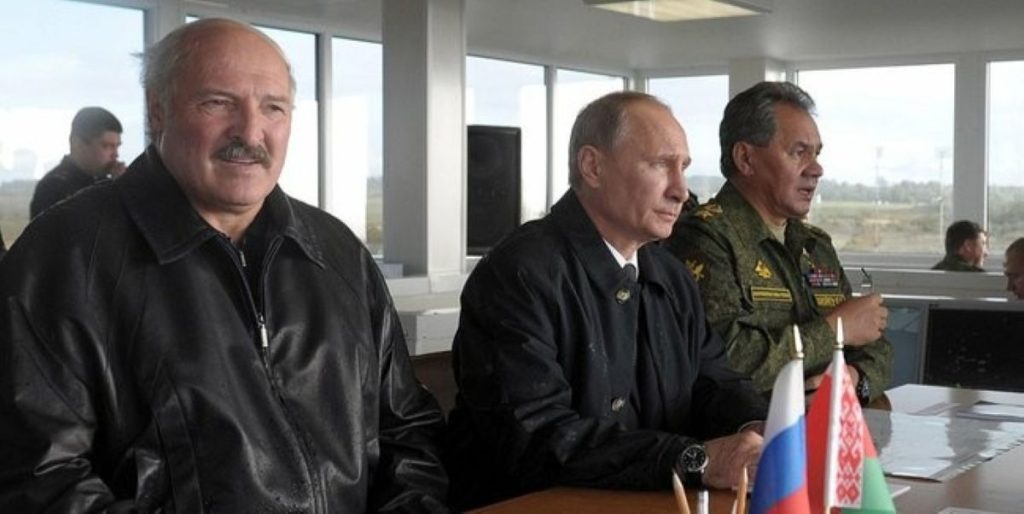Russia’s naval activity in the Mediterranean has significantly declined in recent months.
Others are reading now
Moscow’s once-dominant naval presence in the Mediterranean is shrinking as its military refocuses on the Baltic Sea and Arctic.
Russia reduces its presence in the Mediterranean
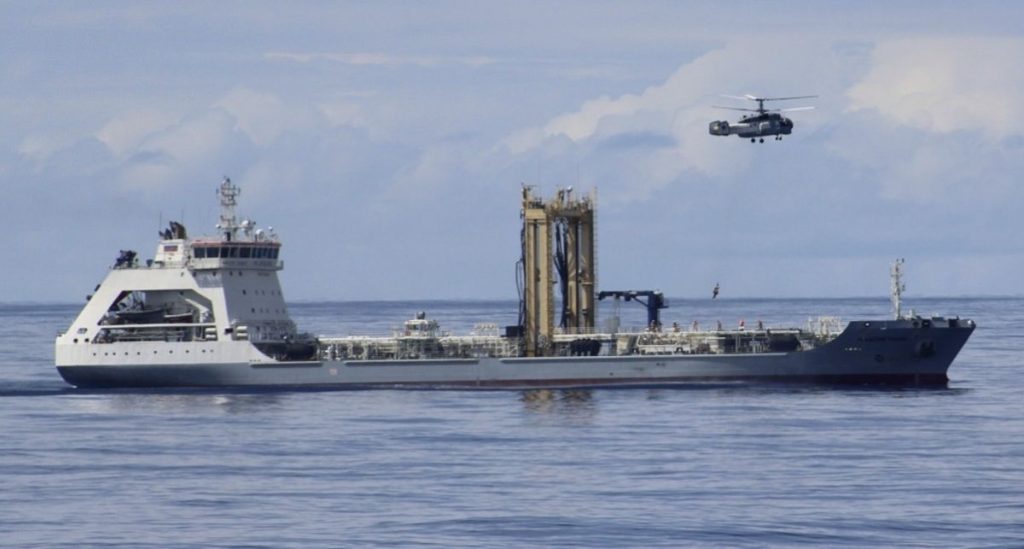
Russia’s naval footprint in the Mediterranean Sea has sharply declined in recent months, according to Defense News.
NATO officials say Moscow now maintains only a few ships in the region, compared with one of its largest task forces in 2018, which included two submarines and ten surface vessels.
Russia is facing serious challenges
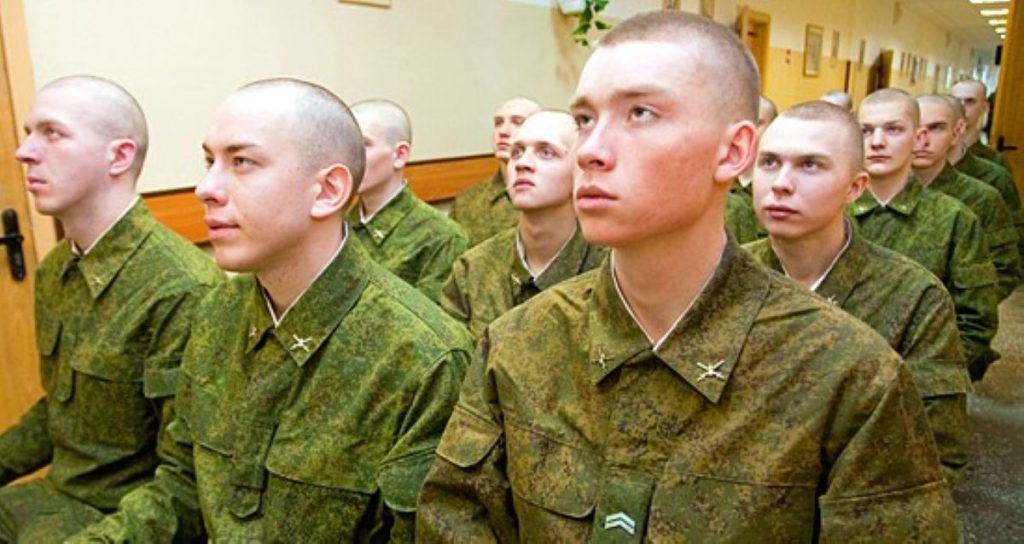
A NATO representative said Russia is now facing serious logistical and manpower challenges that are limiting its ability to sustain long-term operations in the area.
“The Russian Navy, which is already resource-constrained regarding where to place its assets, is experiencing force-generation challenges currently affecting their posture in the Mediterranean Sea,” the official said.
Also read
Loss of Syrian base deals major blow
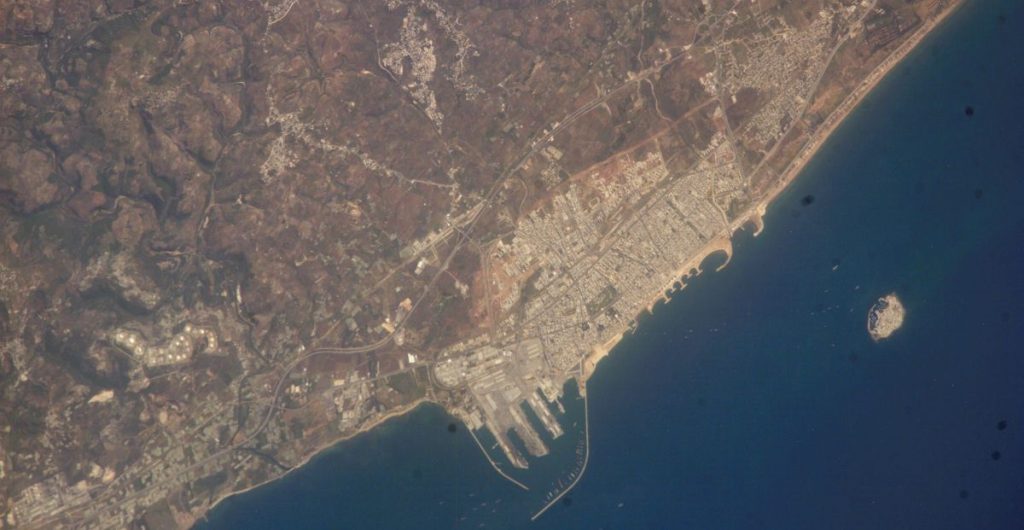
One of Moscow’s biggest setbacks has been the loss of its naval base in Tartus, Syria.
The port had served as Russia’s main refueling and repair center in the Mediterranean since 1971.
Earlier this year, Syria’s new government terminated the long-standing agreement that allowed Moscow to operate from the facility, leaving Russian ships without a nearby maintenance hub.
Technical failures
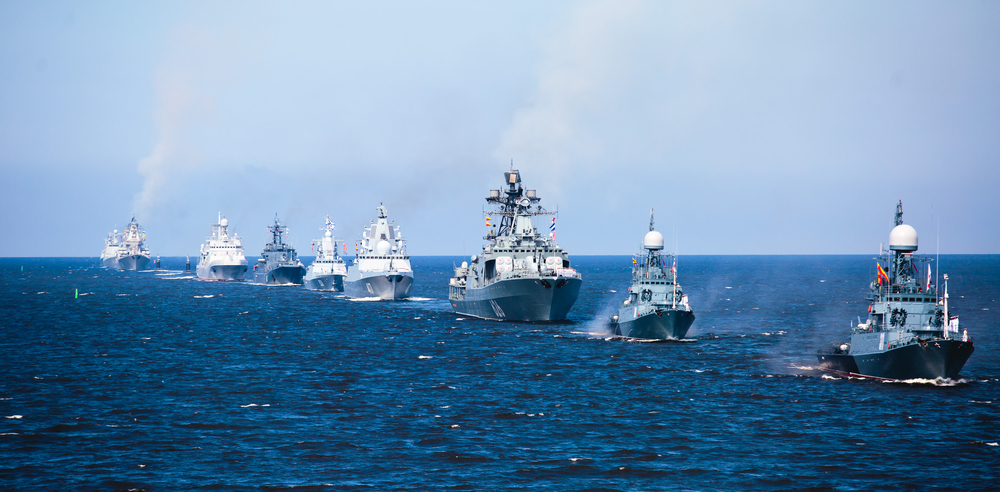
Without access to Tartus, Russian vessels have been forced to return to the Baltic and Arctic regions for maintenance.
The NATO official cited one recent incident when a Kilo-class submarine was forced to surface near the Strait of Gibraltar due to technical problems before sailing back to the Baltic Sea for repairs.
Also read
Moscow shifts focus to the Baltic and Arctic
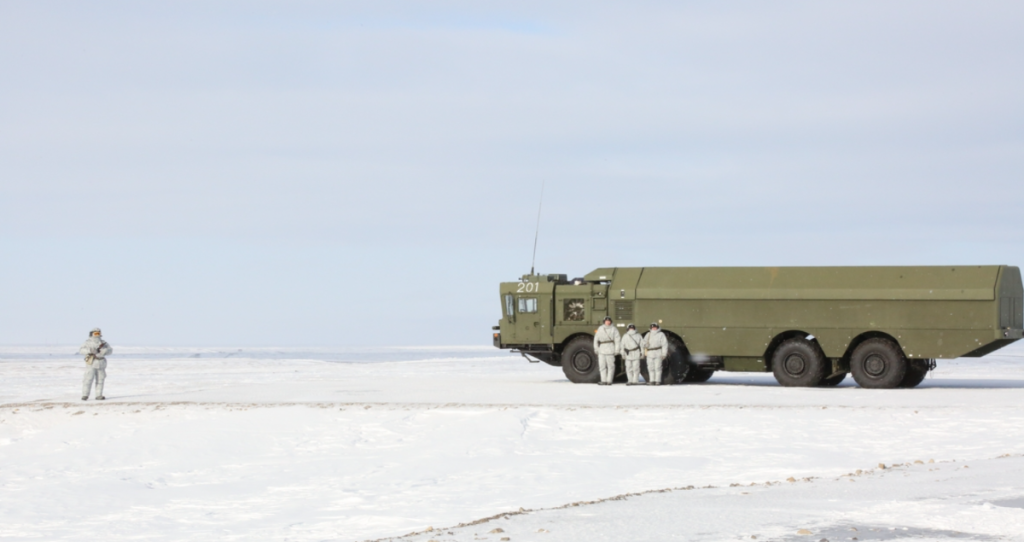
As its presence in the Mediterranean declines, Russia has redirected more ships and submarines to the Baltic Sea and Arctic regions.
NATO analysts say this shift aligns with Moscow’s strategy to counter the growing Western military presence along its northern borders.
The change comes as Finland and Sweden formally joined NATO, expanding the Alliance’s reach across the High North and Baltic region.
NATO strengthens northern defenses
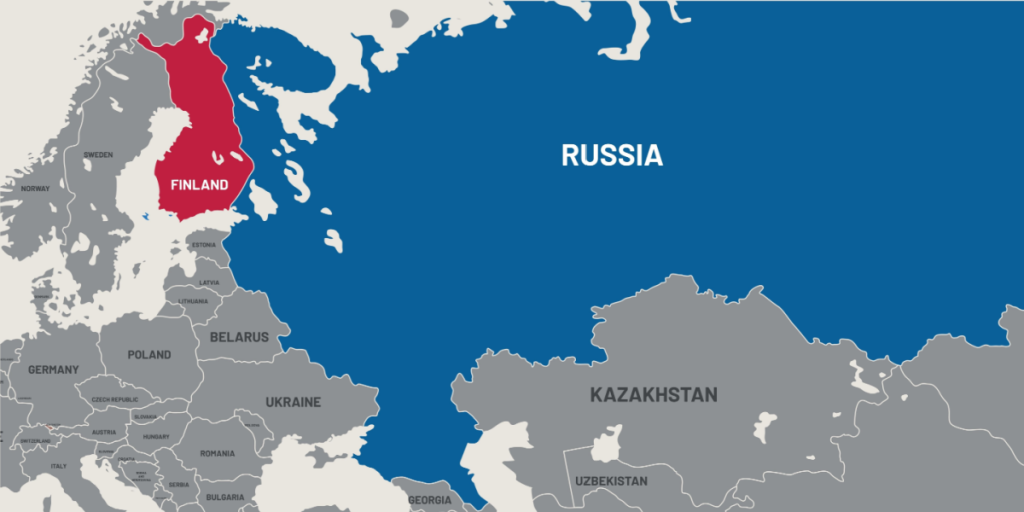
In response to Russia’s focus on northern waters, NATO launched the Baltic Sentry mission in January 2025.
The operation is designed to protect critical underwater infrastructure and improve maritime surveillance.
Also read
The mission involves frigates, patrol aircraft, drones, and other monitoring systems from several member states, all aimed at increasing deterrence and response capability in the region.
United States deploys patrol aircraft to Norway
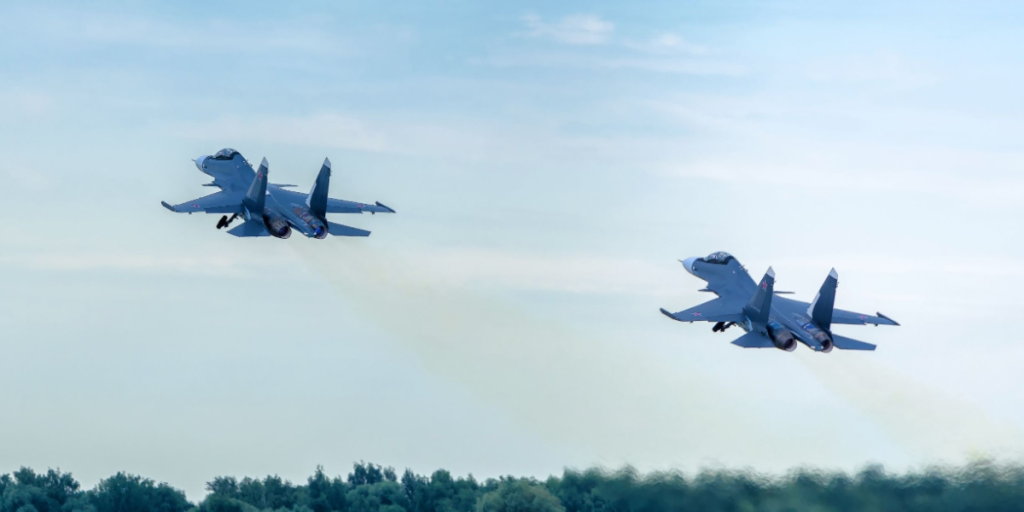
Supporting NATO’s mission, the United States has deployed P-8 Poseidon maritime patrol aircraft to Norway.
The planes are conducting anti-submarine operations over the Baltic Sea near Russia’s Kaliningrad region.
Norwegian armed forces confirmed the operations, saying the deployment strengthens NATO’s ability to monitor Russian naval activity and protect critical infrastructure.
Russian fleet outnumbered in northern waters
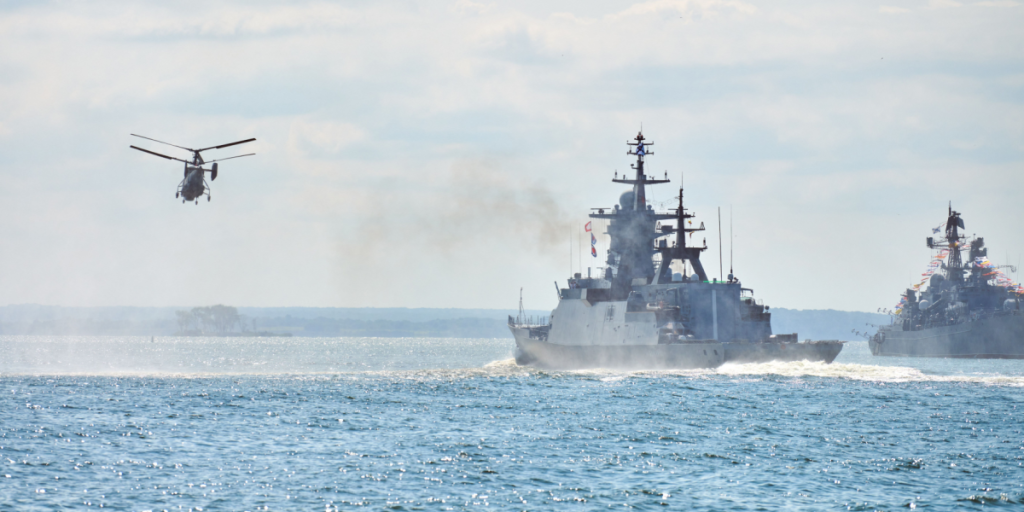
Open-source assessments suggest that Russia’s Baltic Fleet, made up of about 69 vessels, is heavily outnumbered by NATO forces in the region.
Also read
Many of Russia’s ships are smaller, older, and less technologically advanced.
Frederik Van Lokeren, a former Belgian Navy officer, said Russia might attempt to modernize its forces by incorporating unmanned surface vessels.
However, NATO still holds a strong advantage in naval drone technology.
Analysts see the move as a sign of weakness
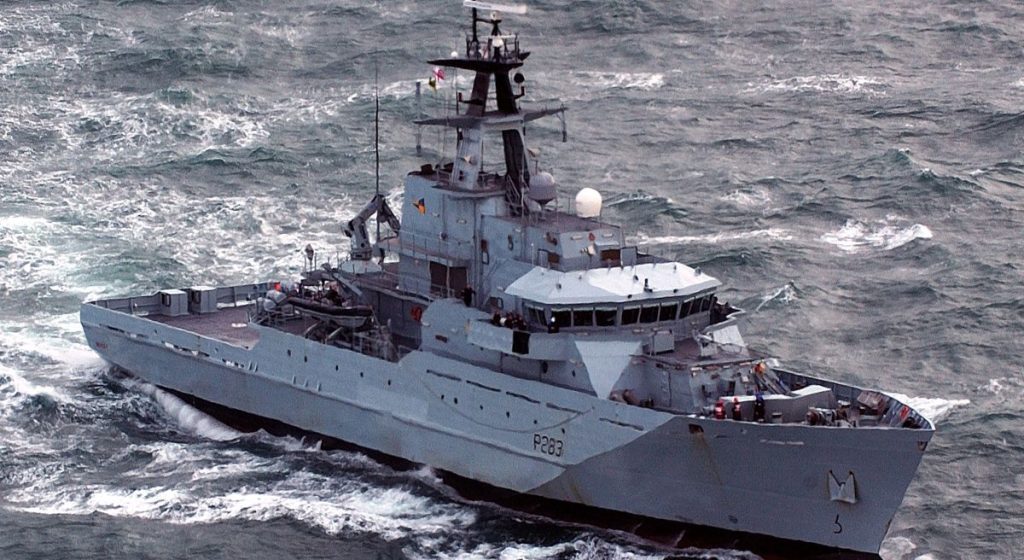
Military analysts believe Russia’s naval shift reflects limited resources rather than strategic strength.
Western sanctions, reduced shipyard capacity, and mounting maintenance costs have made it difficult for Moscow to sustain long-range deployments.
Also read
A NATO analyst told Defense News that the move is more about necessity than choice.
“This is not a sign of power projection. It is a sign of limits. Russia can no longer operate in multiple regions at once.”

